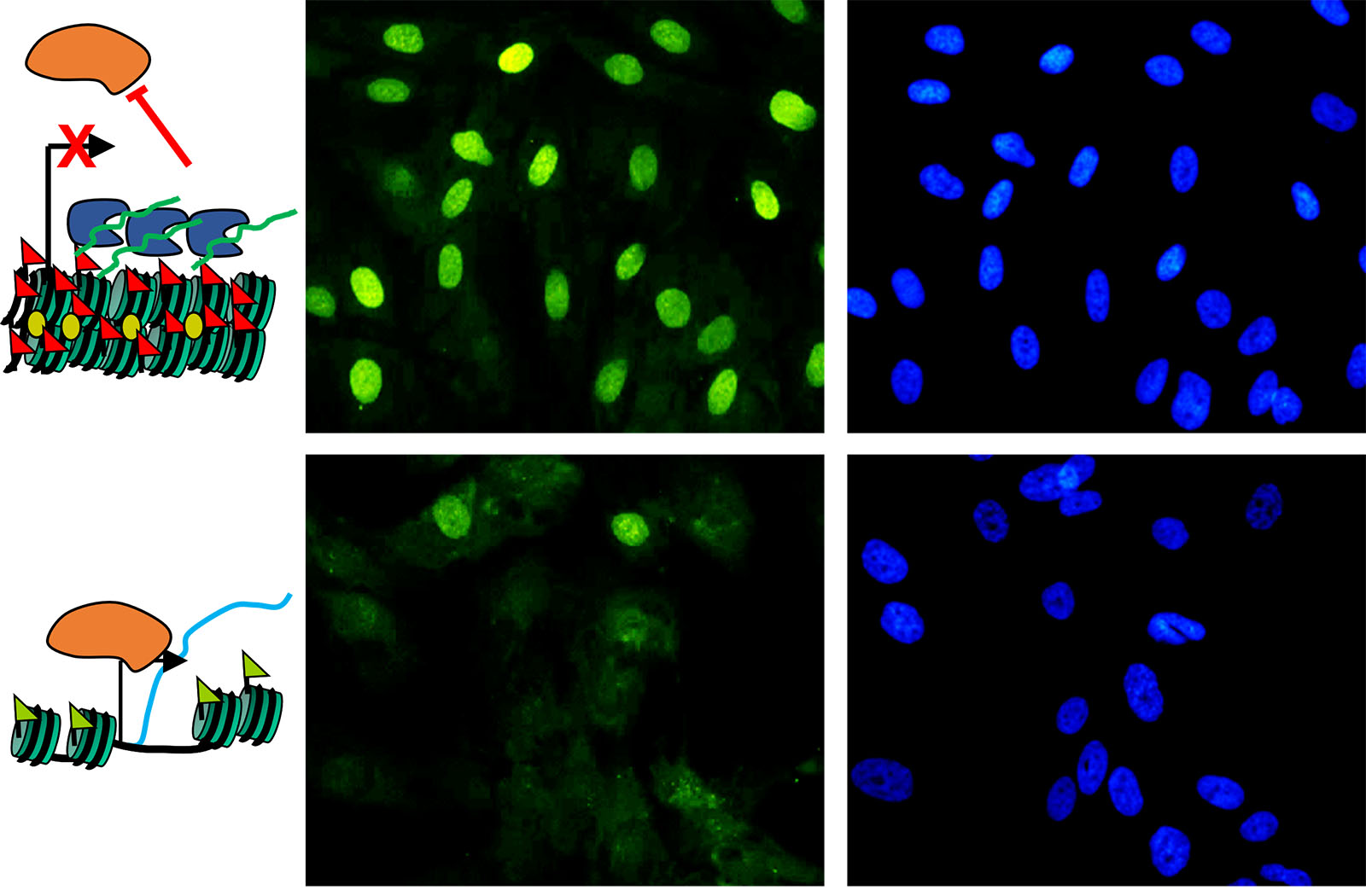Disrupting heterochromatin to enhance reprogramming of fibroblasts to hepatocyte like cells for liver cell therapy and transplantation
Liver transplantation is the only curative treatment for most liver diseases, but the supply of donor liver tissue is not enough to meet the demand. Additionally, the need for lifetime immunosuppressant treatment to avoid rejection is especially problematic in the pediatric population. H3K9me3 heterochromatin has been shown to be the primary barrier to gene activation during reprogramming to multiple lineages including to hepatocyte-like cells (Becker, McCarthy et al., 2017).
We have identified human Enhancer of Rudimentary Homolog (ERH) as a key regulator of H3K9me3 at both genes and repeat elements (McCarthy et al., 2021). By gaining a more detailed mechanistic understanding of H3K9me3 regulation we will be able to selectively de-repress heterochromatin, permitting effective cell identity changes to generate functional transplantable cell therapies from a patient’s own cells thus avoiding the wait for donor organs or the need for immunosuppression.
